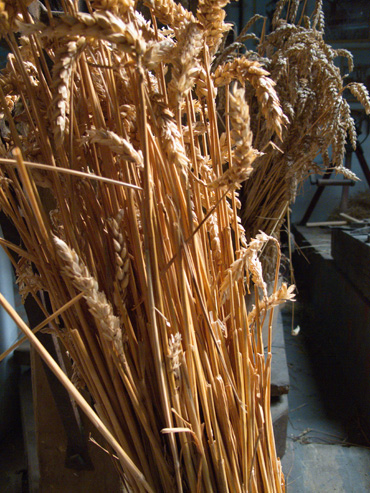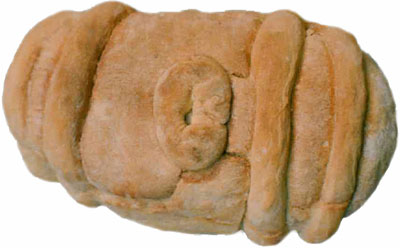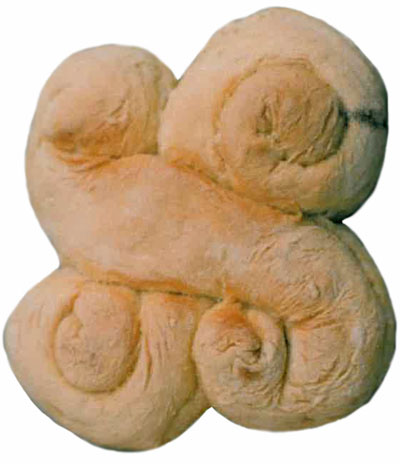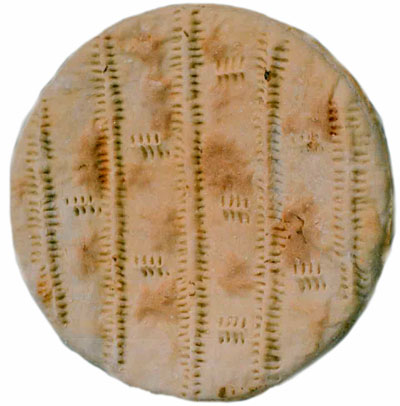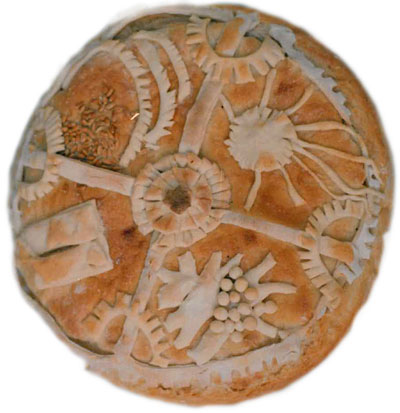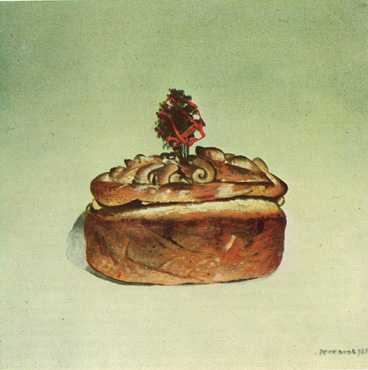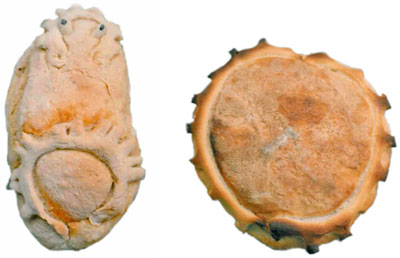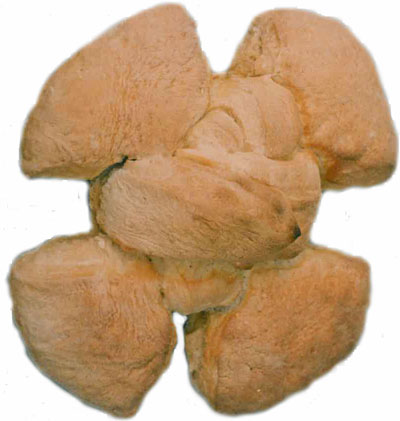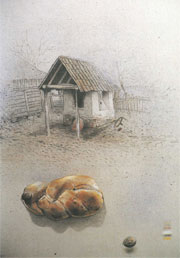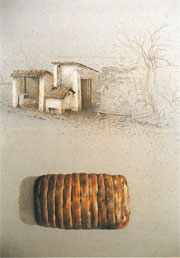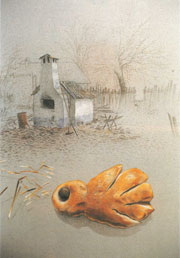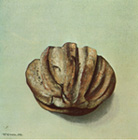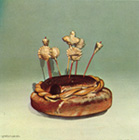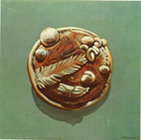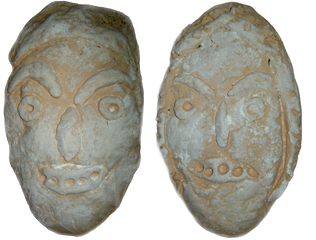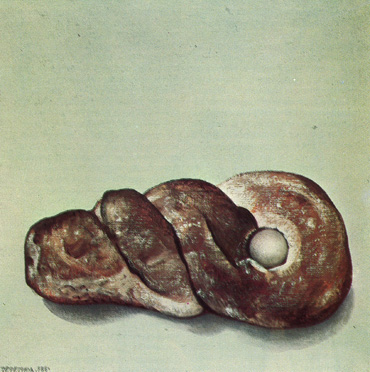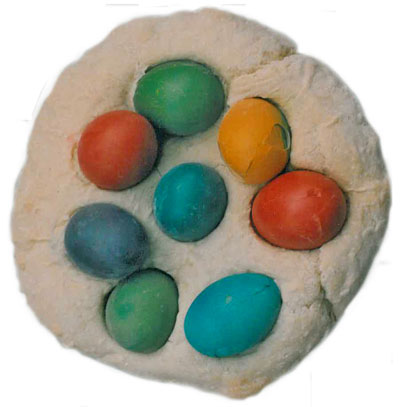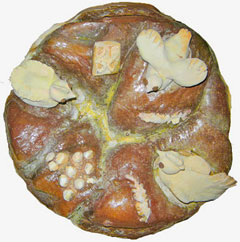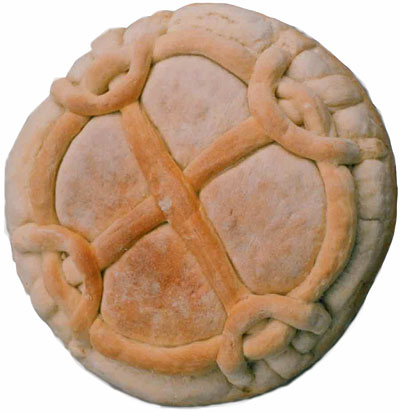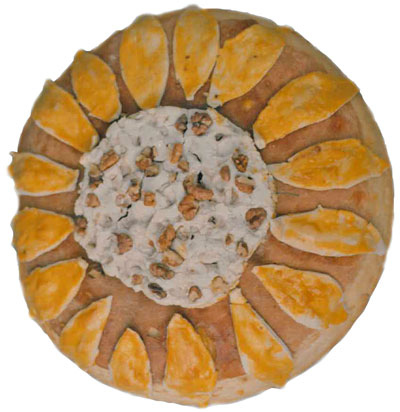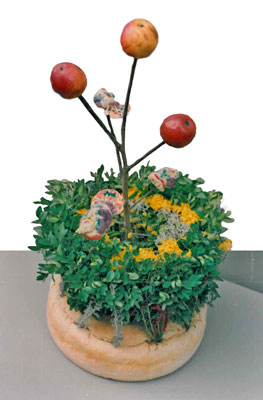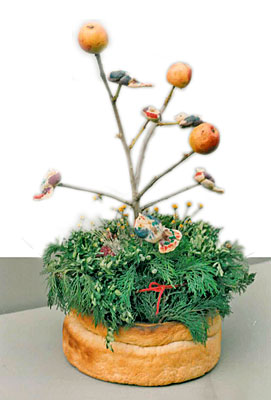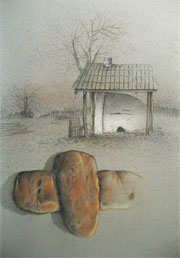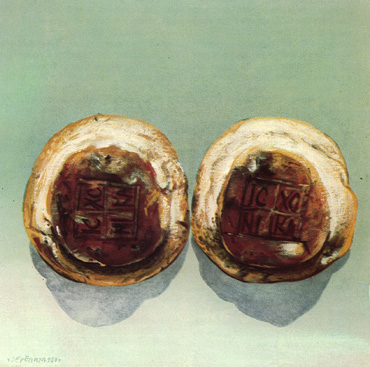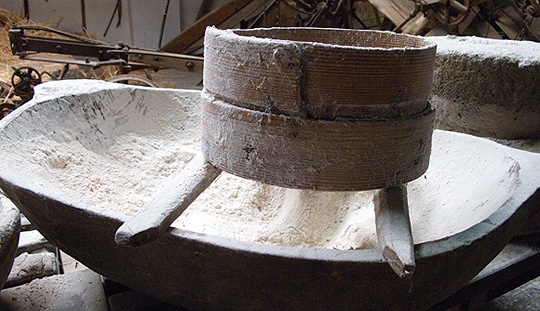|
About bread |
|
|||||||||||||||||||
|
|
||||||||||||||||||||
|
Bread represents man’s bodily and spiritual food, it is a symbol of nutrition, of life. Bread is humanity and divinity in unison. Bread is a symbol of unification, because it contains many grains of wheat in it, and when broken into pieces and shared, it represents collective and united life. Because of its importance for human survival, bread quickly became irreplaceable in both custom-related and religious manifestations.
Collection of ritual breads in the Museum of Bread is a collection of special importance. It consists of 96 different types of bread made by Serbs for annual festive cycles and customs related to family cycle. Bread had an especially important place in Serbian ritual practice; there is hardly any ritual that does not include making of various types of bread. Over time, ritual breads underwent many transformations and were subjected to different influences, so nowadays, there are many different forms, names, motifs and purposes of bread. Numerous varieties of ritual breads were baked for Christmas: the so-called česnica, Christmas cake and numerous figural breads called zakončići.
Česnica is a ritual bread into which the following objects
were placed: metal coins, straws, beans, basil, bits of wood from
the doorstep, barn, yoke, barrel, plough which are symbolically
designated to household members.
Česnica is broken during the lunch on the
first day of Christmas and each member of household is given a piece
of it. What one finds in the given piece of česnica represents a
sphere in which that household member would supposedly have largest
success during that year. This bread was believed to influence crop
harvests, cattle breeding, household members’ health and general
well-being of a household.
Breads called zakoni or zakončići symbolize all kinds of domestic animals, farming tools, crops, home. Their purpose shapes their forms. Most often kneaded breads were the vinograd (Eng. vineyard) and bačva (Eng. barrel) breads dedicated to vineyards and wine; then, njiva bread (Eng. arable field), which represented a ribbed bread intended for the soil and crops; volovi bread for oxen, kvočka s pilićima (Eng. hen with chicks) intended for poultry. Some breads were intended to household members, for example, šaka (Eng. hand) bread was made for ploughmen; naćve (type of utensil) bread for the housewife; vitice, gučice and others for children. So-called zdravlje (Eng. health) cake was kneaded for household members; before baking, cuts were made with a knife and the number of cuts corresponded to the number of household members. All members of household took some of this bread so as to be in good health. In addition to breads intended for people and animals, bread called sunce (Eng. the Sun) and mesec (Eng. the Moon), symbolizing astral bodies, were also made for Christmas. Spring ritual season starts with the holiday of Mladenci. For this religious holiday, bread called mladenčići was made and brought to newly-wed couples. Forty loafs were usually made and they were smeared with honey. Sometimes, mladenčići breads were made in human form and were smeared with honey.
For Easter, in addition to egg decoration, certain ritual breads were made. Large Easter cake is round in form, entwined, with an egg (can be red or uncolored) in the middle. Jajčenici breads are of smaller dimensions, usually round in form, with an egg placed on the surface. These breads were distributed to household members and brought to relatives for Easter.
For slava, i.e. personal religious
holiday celebrating household patron saint, slava cake is
made. Slava cake is round in form and lavishly adorned with
relief figural pastry elements (grapes, wheatgrass, small birds) and
poskurnik (letter, seal).
Life events considered to be especially important for every man – birth, marriage and death – were accompanied with certain rituals that place important role on bread. For a new born baby, bread called povojnica was made, while postupaonica was made for baby’s first steps. Wedding breads were made several days before the wedding and were variously adorned. Wedding pogača is a ritual bread made by bride’s mother-in-law; it is kneaded with best flour, decorated with dough ornaments and given to wedding guests who go to take the bride from her home. Sabornik is a bread made at the bride’s and groom’s house, it is decorated with flowers, herbs and a twig with little birds.
Ritual bread collection in the Museum of Bread also contains a collection of poskurniks, letters or seals used for decoration of ritual breads. |
||||||||||||||||||||
|
|
||||||||||||||||||||
|
|
||||||||||||||||||||
|
||||||||||||||||||||
